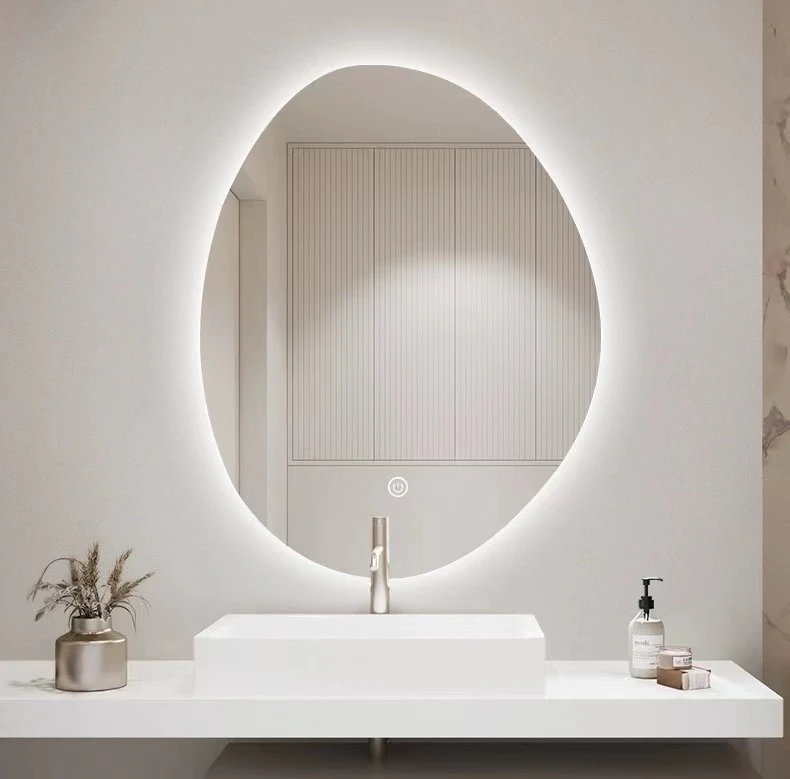

The Growing Market for Heat Reflective Glass Understanding the Prices and Benefits
In recent years, the construction and architecture industries have seen an increasing demand for specialized materials that promote energy efficiency and sustainability. One of the standout materials in this regard is heat reflective glass. This innovative glass type has gained popularity for its ability to reflect solar radiation, thereby reducing heat transfer into buildings. This article explores the factors influencing the prices of heat reflective glass and its several benefits.
What is Heat Reflective Glass?
Heat reflective glass, often referred to as solar control glass, is designed with a special coating that minimizes the amount of heat transmitted through it while allowing visible light to pass. This coating comprises metallic oxides or other materials that reflect infrared radiation. The result is a comfortable indoor environment while also reducing the reliance on air conditioning systems.
Benefits of Heat Reflective Glass
1. Energy Efficiency One of the most significant advantages of heat reflective glass is its ability to improve energy efficiency. By reflecting excess heat away from the building, it reduces the need for mechanical cooling systems, which can lead to substantial energy savings over time. This not only lowers energy bills but also decreases the overall carbon footprint of a building.
2. Improved Comfort By regulating indoor temperatures, heat reflective glass enhances occupant comfort. Whether in a residential or commercial setting, maintaining a consistent and comfortable temperature can significantly impact the overall experience of occupants.
3. Glare Reduction Another important benefit is the reduction of glare caused by direct sunlight. This is particularly beneficial for buildings with large glass facades, as it allows natural lighting without the discomfort of excessive brightness.
4. UV Protection Heat reflective glass also helps block harmful ultraviolet (UV) rays. This is crucial for protecting furnishings, artwork, and flooring from fading and damage caused by prolonged sun exposure.
5. Aesthetics and Value Many modern building designs incorporate large areas of glass for aesthetic appeal. Heat reflective glass can contribute to a sleek, contemporary look while providing functional benefits, thereby increasing property value.

Pricing Factors for Heat Reflective Glass
The pricing of heat reflective glass is influenced by multiple factors, which can vary significantly depending on the specific application and market conditions
1. Type and Quality of Glass The type of heat reflective glass, whether laminated, tempered, or insulating, can affect price. Higher quality and more sophisticated glass products will typically come at a premium.
2. Customization Custom sizes and shapes, as well as unique coatings, can increase costs. Special orders often command higher prices due to the need for tailored manufacturing processes.
3. Manufacturing Technology Advances in technology have led to the development of more effective coatings, which can enhance performance but may also raise costs. The method of production (inline vs. offline coating) can also impact pricing.
4. Market Demand Fluctuations in demand can significantly influence prices. During periods of high demand, such as post-pandemic construction booms, prices may rise. Conversely, economic downturns can lead to price drops.
5. Supply Chain Dynamics Global events, trade policies, and raw material availability can disrupt the supply chain, further affecting prices. Shipping costs, tariffs, and availability of materials can lead to price variances.
Conclusion
As the world increasingly prioritizes energy efficiency and sustainable building practices, the importance of heat reflective glass cannot be overstated. Its myriad benefits, including energy savings, improved comfort, and aesthetic appeal, make it an attractive choice for various applications. While the price of heat reflective glass can fluctuate based on various factors, the long-term savings and benefits often outweigh the initial investment. With the right information and understanding, architects, builders, and homeowners can make informed decisions, embracing this innovative material to create energy-efficient, comfortable, and visually appealing spaces.